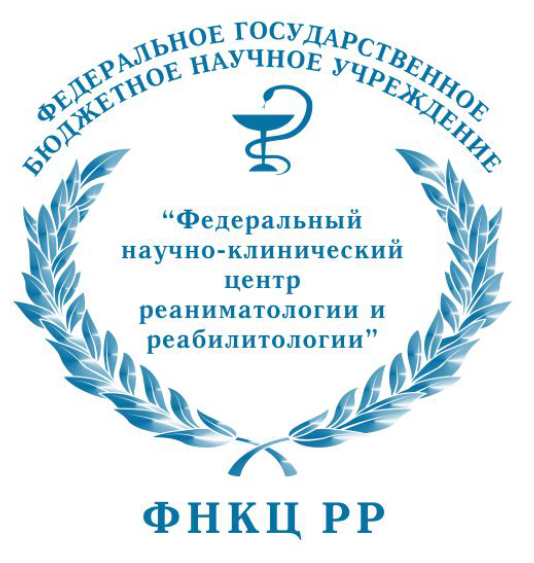
|
ИСТИНА |
Войти в систему Регистрация |
ФНКЦ РР |
||
Blood plasma spectroscopy for biomedical diagnostics: recent advancesдоклад на конференции
- Авторы: Yakimov B., Nurgalieva P., Shirshin E.
- Международная Конференция (Семинар (workshop)) : BRICS Workshop on Biophotonics - 2024
- Даты проведения конференции: 3-5 октября 2024
- Дата доклада: 5 октября 2024
- Тип доклада: Приглашенный
- Докладчик: Yakimov B.
- Место проведения: Manipal, Karnataka, Индия
-
Аннотация доклада:
Optical spectroscopy offers a non-invasive and rapid measurement technique that is increasingly appealing for biomedical applications, particularly in the fluorescence and Raman spectroscopy of blood serum, which show promise in various clinical contexts. However, the biochemical stability of blood serum at room temperature is limited to just 8 hours, necessitating timely diagnostic tests, including optical measurements. In contrast, fresh frozen blood serum can be preserved for up to 12 months without compromising its integrity for analysis and transfusion. Despite extensive research on the effectiveness of optical spectroscopy in blood serum diagnostics, there is a notable gap in understanding the optical properties of fresh frozen samples, complicating their clinical application. This study investigates how freezing blood serum affects its optical properties and diagnostic potential. We first examined the impact of storage at -20°C over 1 hour and 1 day on the optical characteristics of blood serum. Notable decreases in fluorescence intensity were observed upon excitation near 295 nm and within the 320-350 nm range after 24 hours of freezing. Additionally, Raman spectroscopy indicated changes in the relative intensity of Amide bands; however, these variations did not alter the spectral distinctions between samples from different donors. We further explored the diagnostic capabilities of both steady-state and time-resolved fluorescence spectroscopy on frozen blood serum, revealing significant differences in fluorescence properties between samples from brain cancer patients and a control group. Ultimately, this research assesses the diagnostic potential and limitations of optical spectroscopy for blood serum following freezing, providing insights crucial for its practical application in clinical settings.
- Добавил в систему: Якимов Борис Павлович